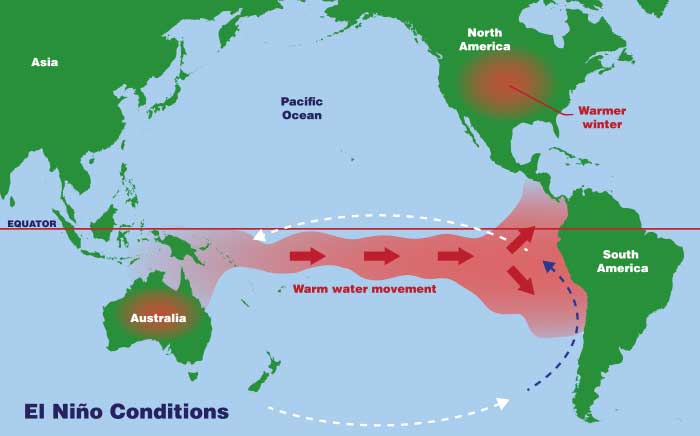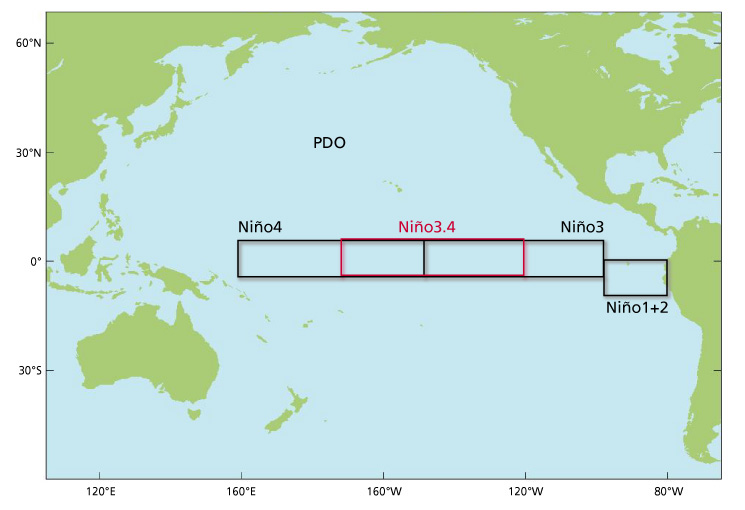7667766266
enquiry@shankarias.in
Why in news?
The National Oceanic and Atmospheric Administration (NOAA) of the U.S. recently announced the development of a weak El Nino in the equatorial Pacific Ocean.
What is an El Nino?

What is the NOAA outlook?

What is the likely impact for India?
Is El Nino frequency changing?
Source: Indian Express